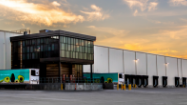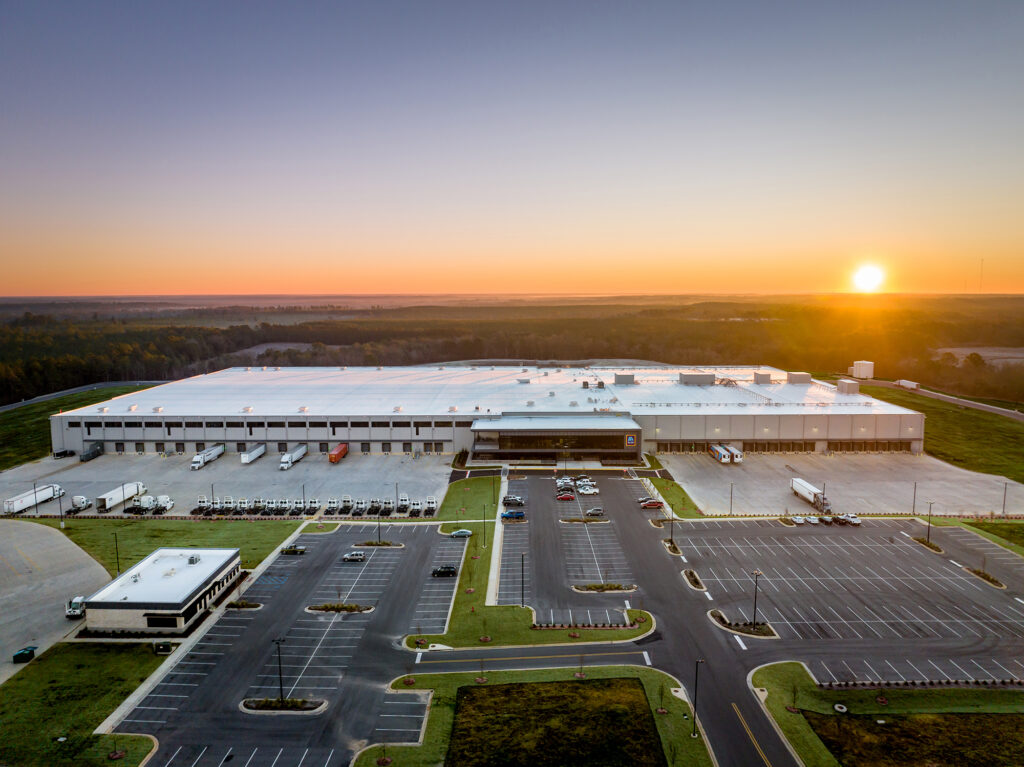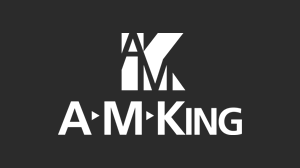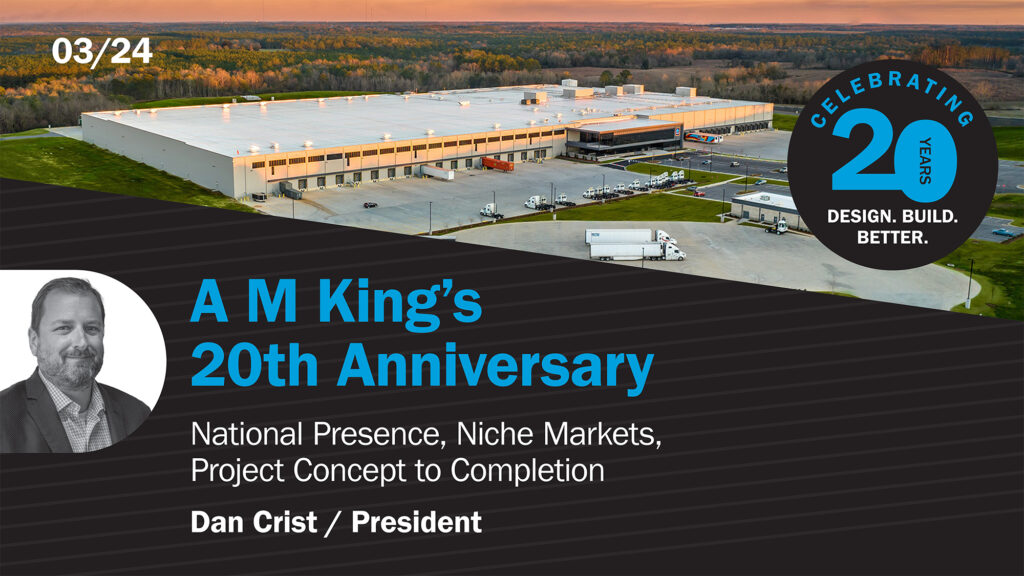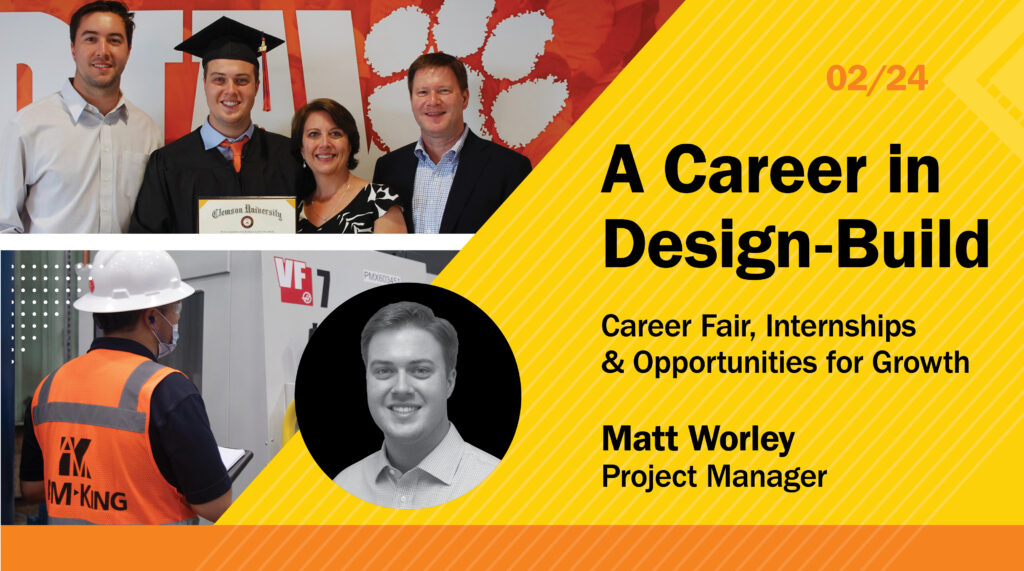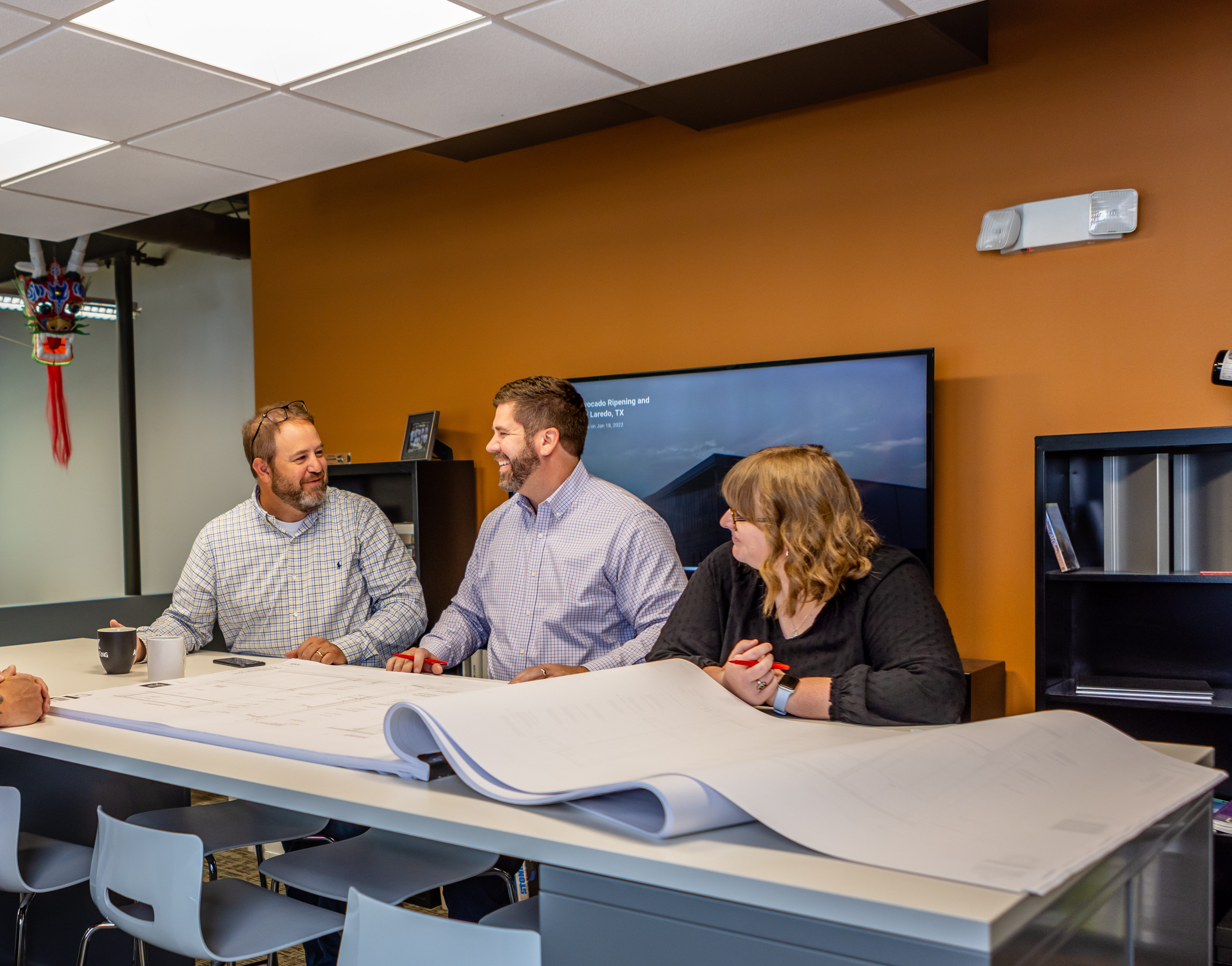
The Construction Industry: Change, Challenges and the Future
I love old buildings. A few years ago, I bought a house located on the coast of South Carolina that was originally built in 1915. One of my hobbies has now become performing renovation projects on this 104-year-old home.
During a recent extensive renovation, it became necessary to open up multiple walls. In doing so, it occurred to me that the construction materials and methods used to build this house more than 100 years ago are virtually unchanged from many of the materials and methods we still use today. This symbolizes one of the greatest problems– and challenges–we face in the construction industry today.
The way we construct buildings has evolved little over the past century.
Certainly, our industry has evolved in many ways. Our buildings today are more efficient and safer. We have new tools and machines to aid in our construction efforts. We have consolidated some construction materials from multiple components into a system, (for example, gypsum wallboard in lieu of lath and plaster). But overall, our materials and construction techniques have nominally changed.
No other industry, especially one the size of construction, has remained so consistent for so long. But it’s now becoming evident that today’s economic and business environments are demanding changes from those in construction leadership positions.
I am often asked what our industry needs to do to move into the next generation of construction, as well as what I believe are the advancements that will become more common place on future construction projects.
The Next Generation
To begin, those of us in the construction industry must change our mindset, and invite change and innovation into our building methods. Unfortunately, the construction industry has always been resistant and slow to accept and adopt changes, unless of course it adds to the bottom line or results in less expensive building costs. But there are drivers today beyond front line cost saving forcing our industry to make changes. Labor shortages, safety concerns, technology advancements and a demand from building owners for greater efficiencies are becoming more prevalent every day. The construction firm or business leader with little appetite for change, who chooses to embrace the status quo, will at best find their firms on the outside looking in. At worse, they will eventually become replaced by firms that shed the concept of “doing it the way it’s always been done.”
Our industry also needs to become more collaborative, both with the material and product suppliers, and with our universities. Construction companies are not known for being innovative. But the companies that make construction products do invest in research and development, with an interest in creating new products and technologies that impact the building industry. Our universities are educating our future construction industry leaders. In addition, these institutions are incubators for research, innovation and technology. Successful companies in the construction industry must collaborate with both product manufacturers and universities to support and encourage creation of innovative products, systems and technologies.
Top Three Areas of Innovation
Fortunately, some of the above has now begun to occur, and we are now seeing the results on our jobsites. Therefore, I believe there are three areas of innovation and change that will become more commonplace on our construction projects.
Growth of off-site construction. Commonly referred to as pre-fabrication, this involves the construction of units, including everything from piping and equipment skids to entire room units, in an off-site manufacturing environment. These units are then shipped to a jobsite, set in place, and installed. The result is a unit built to more exacting standard, within a controlled environment and often utilizing automation. The impact of pre-fabrication to a jobsite is a shorter construction period, less jobsite labor requirements, and possibly a lessor cost.
Greater utilization of 3D printing on our jobsites. 3D printing is being widely used for the creation of parts and materials in manufacturing facilities. Many of us have seen the videos of small buildings being constructed with a 3D printer, although this doesn’t translate (today) to a large building. However, 3D printing is applicable to many of the components of a construction site. Wall systems, flooring materials and several smaller components can all be produced via 3D printing on a site. Products can be to custom and exact specifications, and on an as needed basis. The potential for the creation of materials and parts, and the efficiencies, is endless.
More automation on the jobsite. Machines are doing most of the work in modern day manufacturing facilities. But machines are doing very little work on construction sites. However, continued improvements in artificial intelligence and robotics will allow machines to perform more functions now being performed by human labor. I can easily imagine robots welding together steel beams and columns on a high-rise, setting concrete wall panels on an office building, excavating and pouring foundations for a warehouse, or applying a roof membrane on a manufacturing facility.
I believe the construction industry is on the greatest cusp of change it has ever experienced. But it won’t come easy. It will require each of us to adopt an openness to change, and a mindset of collaboration with those who provide necessary resources. As an industry, we must support, encourage and embrace the changes that will provide greater building solutions for our clients, the end-users and the public.
